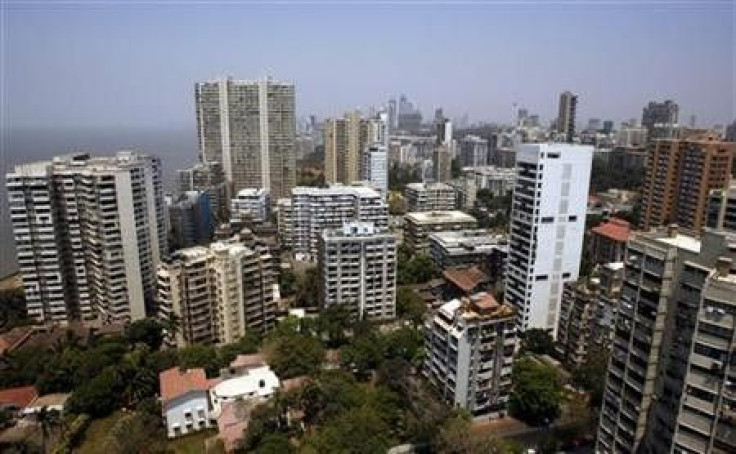India Faces Challenges to Stable Rating Outlook: Standard & Poor

India is facing challenges to keep its stable rating outlook with high inflation, weak fiscal position and slower economic growth weighing, Standard & Poor's rating service said on Monday.
Mumbai Skyline
The balance of risk factors for the sovereign credit rating may be shifting slightly toward the negative, S&P, which has an investment grade BBB- rating with a stable outlook on India, said in a report.
India has been grappling with a political deadlock and the government's ability to implement measures to improve economic growth and fiscal prudence will be vital to boosting investor confidence, said S&P's credit analyst Takahira Ogawa.
India's fiscal deficit during April to December was 3.81 trillion rupees, or 92.3 percent of the full-year target. It is widely expected to breach the 4.6 percent deficit budgeted for the fiscal year ending in March.
Headline inflation in Asia's third largest economy has cooled, aided by softening food prices, but non-food manufactured inflation remains a concern.
The central bank cut banks' cash reserve ratio by 50 basis points at its last quarterly review in January, but has not yet committed to when it will begin to cut rates.
Uncertainty in global financial markets and European sovereign debt problems could add to the pressures on India, Ogawa said.
India relies on foreign fund inflows to bridge its current account deficit, and risk aversion globally hampers capital flows.
S&P does not expect to downgrade or revise the outlook on India's long-term rating in the near future, it said in the report.
However, the negative factors, combined with the government's weak policy formulation and implementation, may lead us to a tipping point, Ogawa said.
© Copyright Thomson Reuters 2024. All rights reserved.











